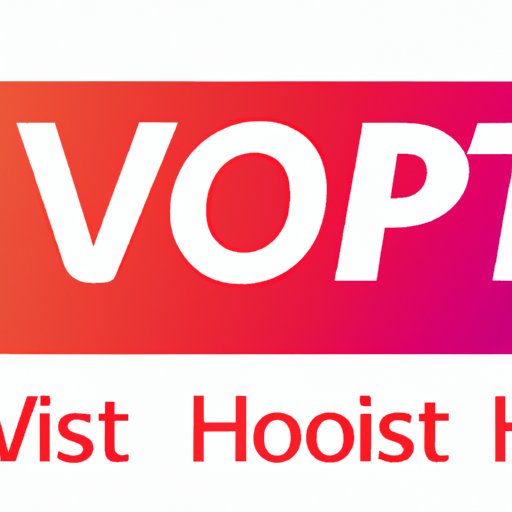
I. Introduction
If you are constantly on the go, you know how important staying connected is. Whether you need to work while traveling or simply want to stay in touch with friends and family, having access to the internet is essential. This is where a hotspot comes in. In this article, we will explore how to get a hotspot, including a step-by-step guide for first-time users, 10 ways to get a free hotspot on your phone, the benefits of investing in a portable hotspot device, and the best hotspot plans and packages for heavy data users. Additionally, we will discuss how to troubleshoot common hotspot connection issues and how to secure your hotspot connection to protect your personal data.
II. Step-by-Step Guide: How to Get a Hotspot for the First Time
Getting a hotspot for the first time might seem daunting, but it is actually a relatively straightforward process. The first thing you need to do is choose a carrier and plan. You can do this by researching different carriers and comparing their plans and prices. Once you have chosen a carrier and plan, you will need to select a device. There are many different devices to choose from, including smartphones, tablets, and dedicated hotspot devices. After you have selected a device, you will need to activate it. This involves setting up an account with your carrier and connecting your device to the internet. Finally, you may encounter some troubleshooting issues, such as connectivity problems or error messages. These can be easily resolved by following some simple troubleshooting tips.
III. 10 Ways to Get a Free Hotspot on Your Phone
If you don’t want to invest in a dedicated hotspot device, there are several ways to get a free hotspot feature on your smartphone. These methods include tethering, mobile hotspot apps, and carrier-dependent plans. Tethering involves connecting your phone to a laptop or another device and sharing your phone’s internet connection. Mobile hotspot apps allow you to turn your smartphone into a portable hotspot, giving you internet access wherever you go. Carrier-dependent plans allow you to use your phone as a hotspot, but these plans may have limitations, such as data caps or restrictions on the number of devices you can connect.
IV. The Benefits of Investing in a Portable Hotspot Device
While getting a free hotspot feature on your phone might seem like the most convenient option, there are several benefits to investing in a dedicated hotspot device. These devices are typically more durable, have better signal strength and coverage, and offer more data allowance than tethering or mobile hotspot apps. Additionally, a dedicated hotspot device allows you to keep your phone available for other uses, such as making calls or sending text messages.
V. Top Mobile Carriers Offering Free Hotspot Devices and Plans
Many mobile carriers offer free hotspot devices and plans. Some of the best carriers offering these services include AT&T, T-Mobile, and Verizon. Each carrier has its strengths and weaknesses, such as network coverage, data allowance, and pricing. It’s important to compare these factors before choosing a carrier and plan.

VI. Best Hotspot Plans and Packages for Heavy Data Users
If you are a heavy data user, you will want to choose a hotspot plan or package that offers a high data allowance or unlimited data. Some of the best plans to consider include AT&T’s Unlimited Plus plan, T-Mobile’s One Plus International plan, and Verizon’s Unlimited plan. These plans offer unlimited data or high data allowances at affordable prices.
VII. How to Troubleshoot Common Hotspot Connection Issues
Connection issues are common when using a hotspot. To troubleshoot these issues, you should first identify the problem. This may involve checking the strength of your signal, ensuring your ports are not blocked, or checking device compatibility. Once you have identified the problem, you can follow some simple troubleshooting tips to fix it.
VIII. How to Secure Your Hotspot Connection and Protect Your Personal Data
Securing your hotspot connection is essential to protecting your personal data from malicious attacks. To do this, you should set up a secure password, enable encryption, and monitor your data usage. Additionally, you should avoid using public Wi-Fi hotspots, as these are often unsecured and can put your personal data at risk.
IX. Conclusion
In conclusion, a hotspot is an essential tool for staying connected in today’s digital world. Whether you need to work while traveling or simply want to stay in touch with friends and family, having access to the internet is essential. By following this comprehensive guide, you can easily get a hotspot and enjoy all the benefits it has to offer.




